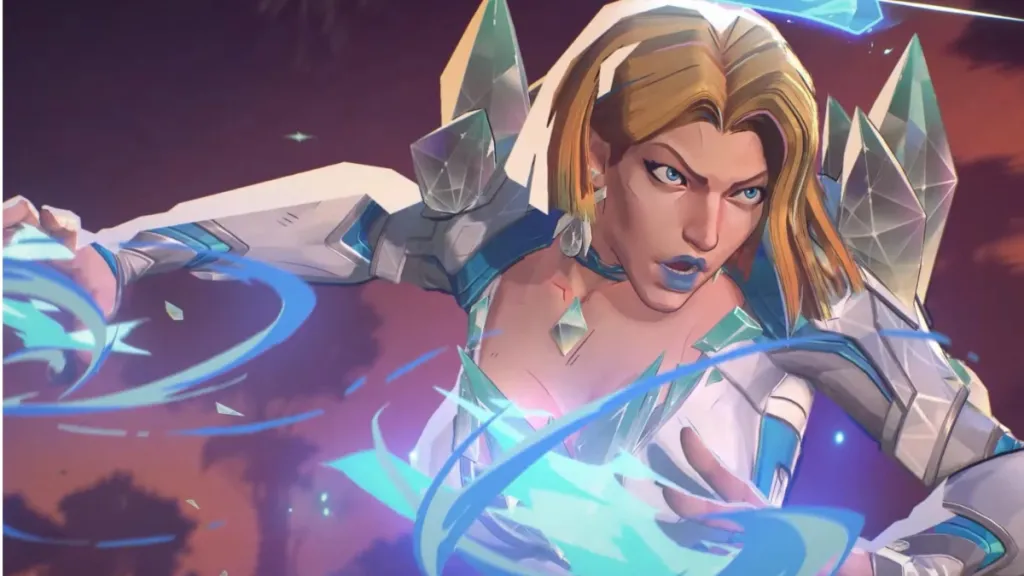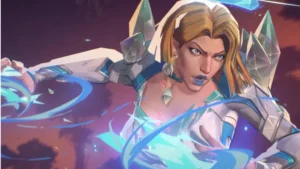Emma Frost The Evolution of Marvel’s Diamond Queen
When discussing powerful and complex female characters in the Marvel Universe, Emma Frost stands out as one of the most compelling figures. Known for her striking appearance, formidable psychic abilities, and diamond-hard will—both figuratively and literally—Emma Frost has undergone a fascinating transformation from villain to hero, and back again, throughout her decades-long presence in Marvel Comics. This article explores the origins, character development, powers, and legacy of Emma Frost, shedding light on why she remains a fan-favorite anti-hero.
Origins and Debut
Emma Frost first appeared in Uncanny X-Men #129 in 1980, created by writer Chris Claremont and artist/co-writer John Byrne. She was introduced as the White Queen of the Hellfire Club, an elite and secretive organization with its own agenda, often in conflict with the X-Men. At this point, Emma Frost was portrayed as a villain—ruthless, elegant, and intelligent, embodying the archetype of the “ice queen” with both her demeanor and her eventual secondary mutation into organic diamond.
From her very first appearance, Emma Frost was positioned as a major adversary, primarily due to her telepathic powers, which rivaled those of Professor Charles Xavier and Jean Grey. Her early characterization as manipulative and morally ambiguous set the stage for the layers of complexity that would later define her.
The Hellfire Club and Her Rise to Power
The Hellfire Club was a central fixture in early X-Men stories, serving as a metaphor for the elite power structures in society. Emma Frost, as the White Queen, represented the cunning and seductive nature of that power. Her role was not just as a psychic powerhouse, but as a tactician and influencer behind the scenes.
Over time, however, Emma Frost’s character began to evolve. Marvel writers started to peel back her icy exterior, revealing motivations that were not purely villainous. While her methods were harsh, Emma Frost often acted out of a desire to protect mutantkind—a theme that would become central to her identity.
Transformation into a Hero
The real turning point for Emma Frost came during the 1990s and early 2000s. Following the decimation of her students, the Hellions, Emma Frost experienced significant personal trauma that altered her perspective. This shift was notably explored in the Generation X series, where she co-led a team of young mutants alongside Banshee.
By the time Grant Morrison’s run on New X-Men began in 2001, Emma Frost had officially crossed over to the X-Men’s side. As a teacher at Xavier’s Institute, she took on a mentorship role, guiding students like the Stepford Cuckoos and dealing with her own emotional complexities. Her romance with Scott Summers (Cyclops) added further layers to her character, as she found herself often compared to and in conflict with Jean Grey.
This period marked a renaissance for Emma Frost, transforming her from a villain into one of the most intriguing anti-heroes in the Marvel Universe. Her loyalty to the X-Men, though occasionally questioned, proved to be enduring and meaningful.
Powers and Abilities
Emma Frost is primarily known for two abilities: her telepathy and her secondary mutation into a diamond form. As a telepath, Emma Frost is among the most powerful in the Marvel Universe. She can read minds, project thoughts, create illusions, and control or manipulate the minds of others. Her psychic prowess places her in the same league as Charles Xavier and Jean Grey, making her a valuable asset in both combat and diplomacy.
Her secondary mutation—gaining a diamond form—grants her incredible durability and immunity to psychic attacks while transformed. However, in this form, she cannot access her telepathic powers. This dichotomy symbolizes Emma Frost‘s internal struggle between vulnerability and invincibility, making her powers a metaphor for her emotional and psychological state.
A Polarizing Figure
One of the reasons Emma Frost remains so captivating is her polarizing nature. She operates in moral gray areas, often using questionable methods to achieve noble ends. Whether it’s blackmail, seduction, or manipulation, Emma Frost rarely plays by traditional heroic rules. This makes her a frequent subject of debate among fans and characters alike.
Her relationship with Cyclops was particularly divisive. Coming shortly after Jean Grey’s apparent death, the romance was seen by some as a betrayal. Yet over time, it revealed a more vulnerable side of Emma Frost, showing that even someone with a diamond-hard exterior could fall in love, feel pain, and seek redemption.
Emma Frost in Other Media
Emma Frost has also appeared in various animated series, video games, and live-action films. Most notably, she was portrayed by January Jones in X-Men: First Class (2011). While the film captured her iconic look and abilities, many fans felt that the portrayal lacked the depth and nuance that make Emma Frost such a rich character in the comics.
In animation, Emma Frost has been a recurring character in shows like Wolverine and the X-Men and X-Men: Evolution. In video games, she appears as a playable character in titles like Marvel: Avengers Alliance, X-Men Legends, and Marvel Future Fight.
Despite the varying portrayals, each iteration of Emma Frost contributes to her growing legacy as a key figure in the X-Men mythos.
The Krakoa Era
With the dawn of the Krakoa era in recent X-Men comics, Emma Frost has taken on a prominent leadership role. As a member of the Quiet Council and an ambassador for mutantkind, she is once again at the center of political intrigue and moral complexity. Her business acumen, coupled with her psychic abilities, makes her one of the most powerful and influential figures on the mutant island.
In this new world where mutants have formed their own sovereign nation, Emma Frost’s pragmatism and vision are vital. She often serves as the voice of reason, even when her decisions blur ethical lines. The Krakoa era has allowed Emma Frost to fully embrace her identity as both protector and strategist, emphasizing her long-standing commitment to the survival and advancement of mutantkind.
Legacy and Cultural Impact
Few characters in comic book history have undergone as dramatic an evolution as Emma Frost. From villainous White Queen to beloved anti-hero and leader, her journey is emblematic of the complexity that defines modern storytelling in superhero narratives. She challenges traditional notions of femininity, morality, and power—often redefining them on her own terms.
Beyond the panels of comics, Emma Frost has become a symbol of empowerment, resilience, and transformation. Her fashion sense—often featuring iconic white attire—and her biting wit have cemented her as a queer icon and a favorite among cosplayers and fans who admire her unapologetic nature.
Conclusion
Emma Frost is more than just a secondary character in the X-Men universe—she is a pillar of its narrative evolution. With her multifaceted personality, unmatched psychic abilities, and unwavering dedication to mutantkind, Emma Frost remains one of Marvel’s most enduring and dynamic characters. Whether she’s donning her white corset as the White Queen or commanding a seat on Krakoa’s Quiet Council, Emma Frost continues to challenge expectations and redefine what it means to be a hero.













